DIY, The Tools You Need
Necessary DIY Solar Tools: Add These Items to your Holiday Wishlist!
Just in time for the holidays, we’ve come up with a comprehensive tool list you’ll need to begin diving into your own solar DIY project. You might already have many of these tools in your toolbox, garage, or junk drawer, but there are a few specialized ones that can really help make things go smoothly for the first time DIYer. One of the great things about installing your own solar system is that you will know it well, and should something go wrong, you’ll have the tools as well as the skills to fix it. We firmly believe that anyone with the inclination and desire to DIY can do it. Put these items on your wishlist now so you are ready to rock that solar install this winter while you dream about all the places you’ll go in 2021 and beyond! For further inspiration, helpful DIY resources, and more...be sure to check out our recent blog, “The Ultimate DIY Guide to Off-Grid Solar.”
The Basic Multi-Purpose Tool Kit
We’ve lived mobile with solar for over 8 years and have carried these tools with us everywhere we go. We have been able to install new components into our rig as well as make small repairs on the fly because we have the right tools with us when we need them. Each component of a solar powered system will require additional supplies for installation (e.g., terminal heads, bolts/nuts, wire nut connectors, in-line fuses, electrical tape, etc.), but these basic tools will be your go-to friends for everything from installing solar panels to wiring deep cycle batteries and connecting charge controllers to hooking up your new inverter.
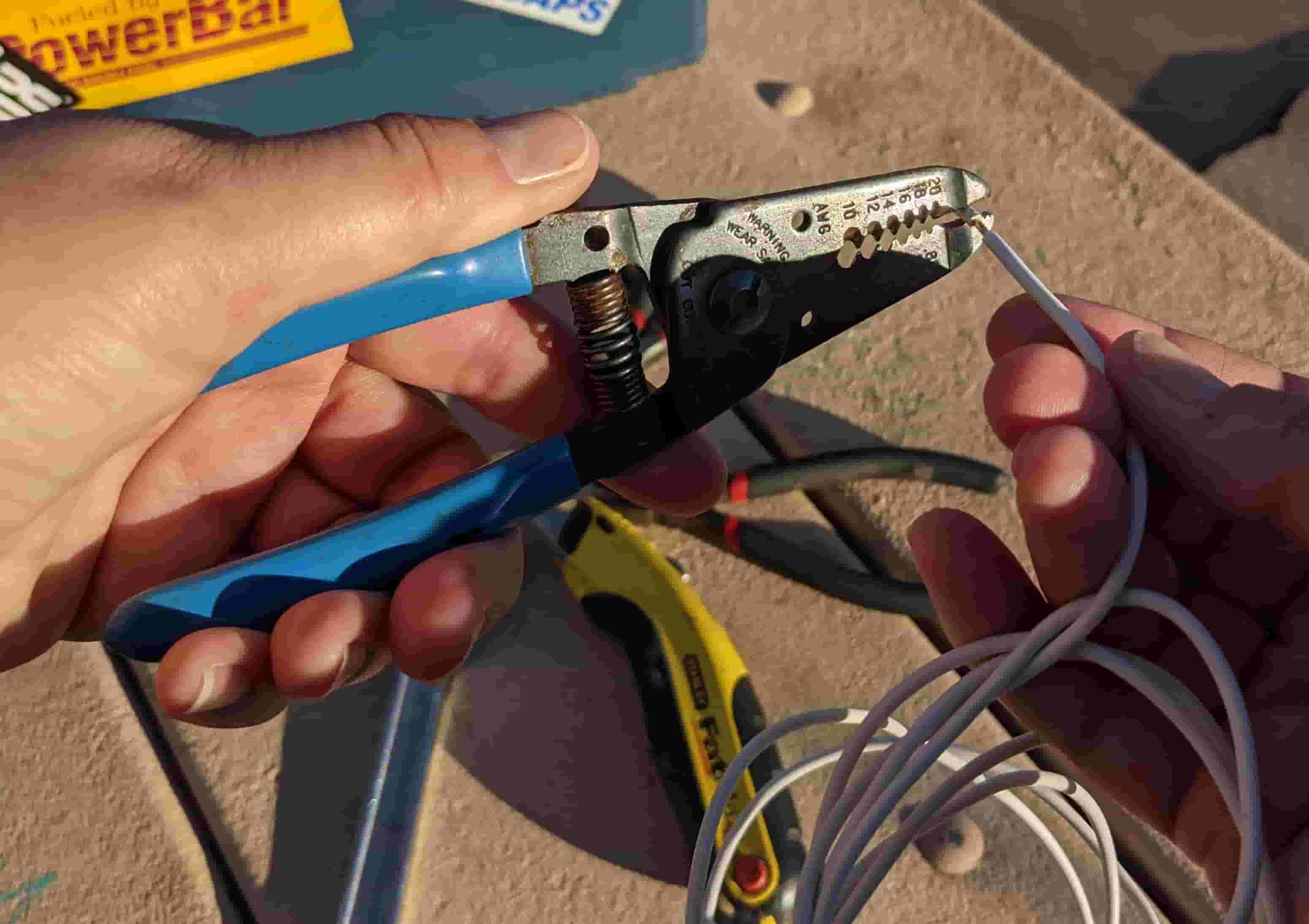
Wire Cutters / Stripper
This simple hand tool combines the ability to easily cut wires of various sizes with the ability to strip away the plastic insulation coating surrounding the wire. The notches in the “teeth” of the tool are set for a specific gauge of wire. This allows the tool to cut through the plastic without cutting through the wire itself. With the wire exposed, it can make a good connection to complete the circuit.
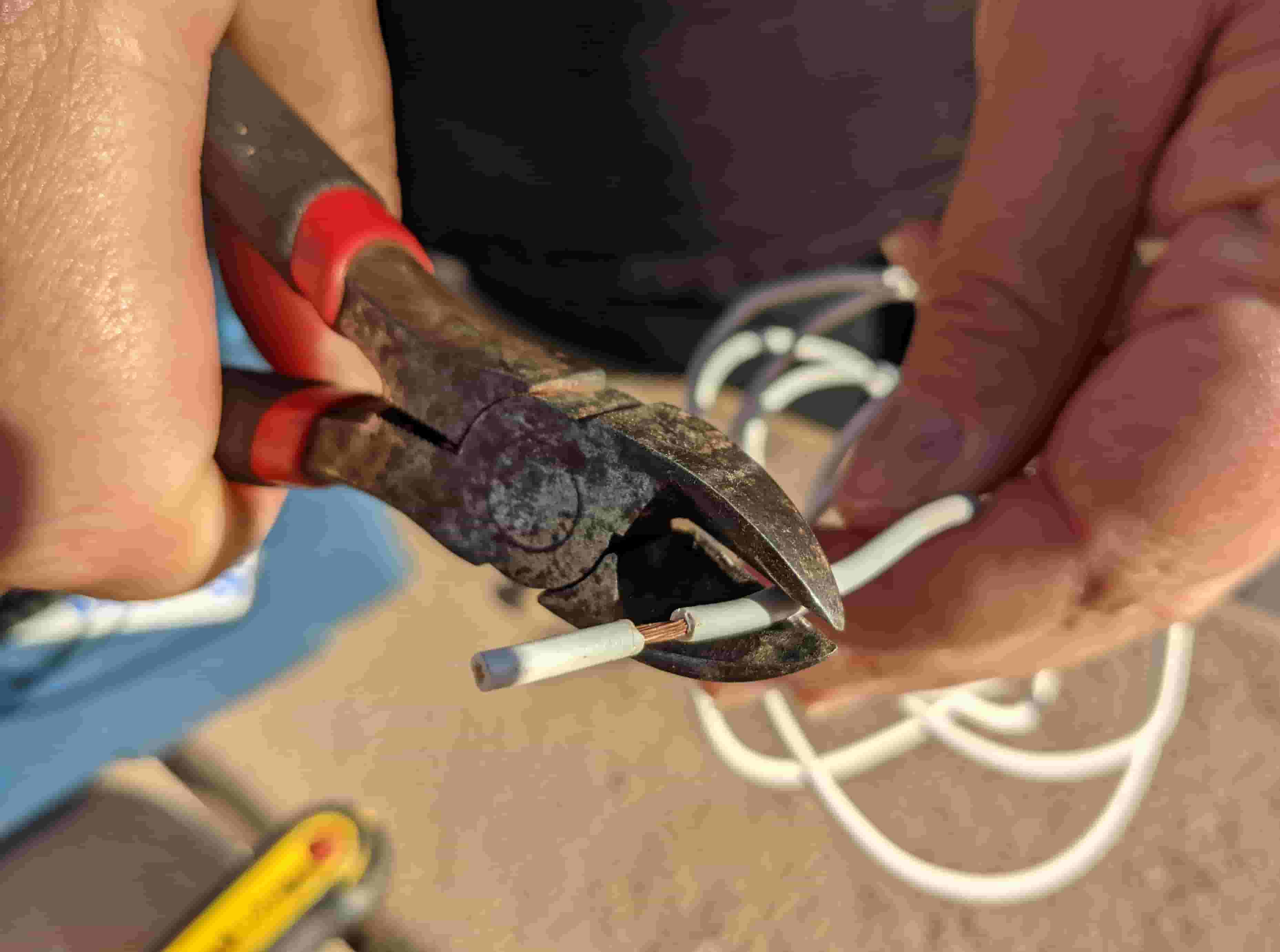
Side Cut Wire Cutters
This plier-looking tool has just one job, cutting wire. It can be a helpful tool to have when making numerous cuts or when cutting slightly larger gauge wires as it has a more robust cutting surface than most combo cutter/stripper hand tools.
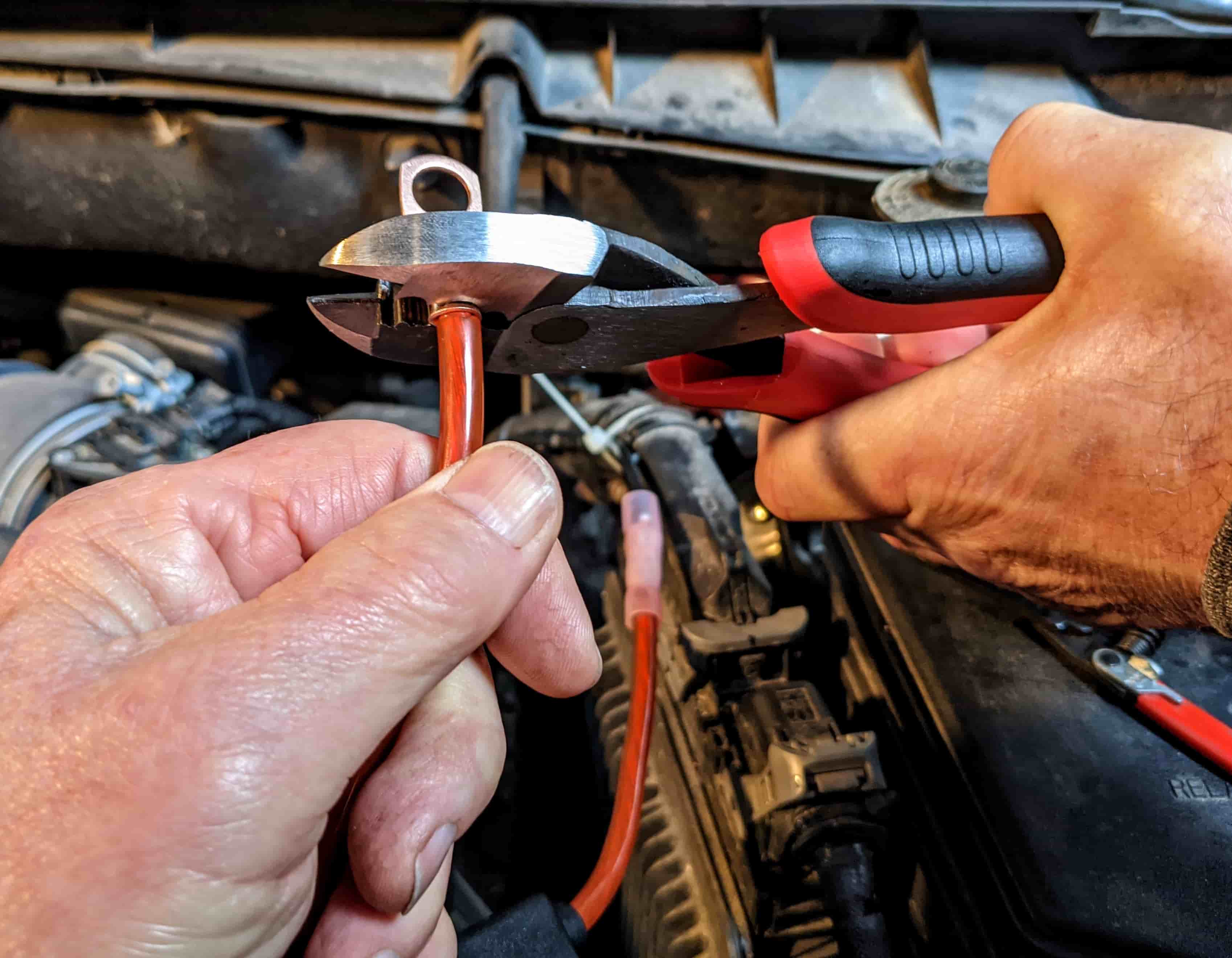
Wire Crimpers
Many wire connections use a “crimping” method to secure the wire to another wire (in-line) or terminal head (terminals can be shaped like a fork or a ring to make a secure connection between the wire and the component). The tool makes this connection easy by applying a lot of pressure in a very focused spot on the terminal so that the flexible metal bites down on the wire and won’t come off. While regular pliers can be used to accomplish this same function, they simply aren’t the right tool for the job and you’ll be frustrated by not being able to make a reliably tight connection. We found that our wire connections were more secure and easily made once we invested in this tool -- the efficiency was well worth it. Additionally, there are several wire crimper models that use a ratcheting device to help you apply more mechanical force to the crimp beyond just muscle strength.
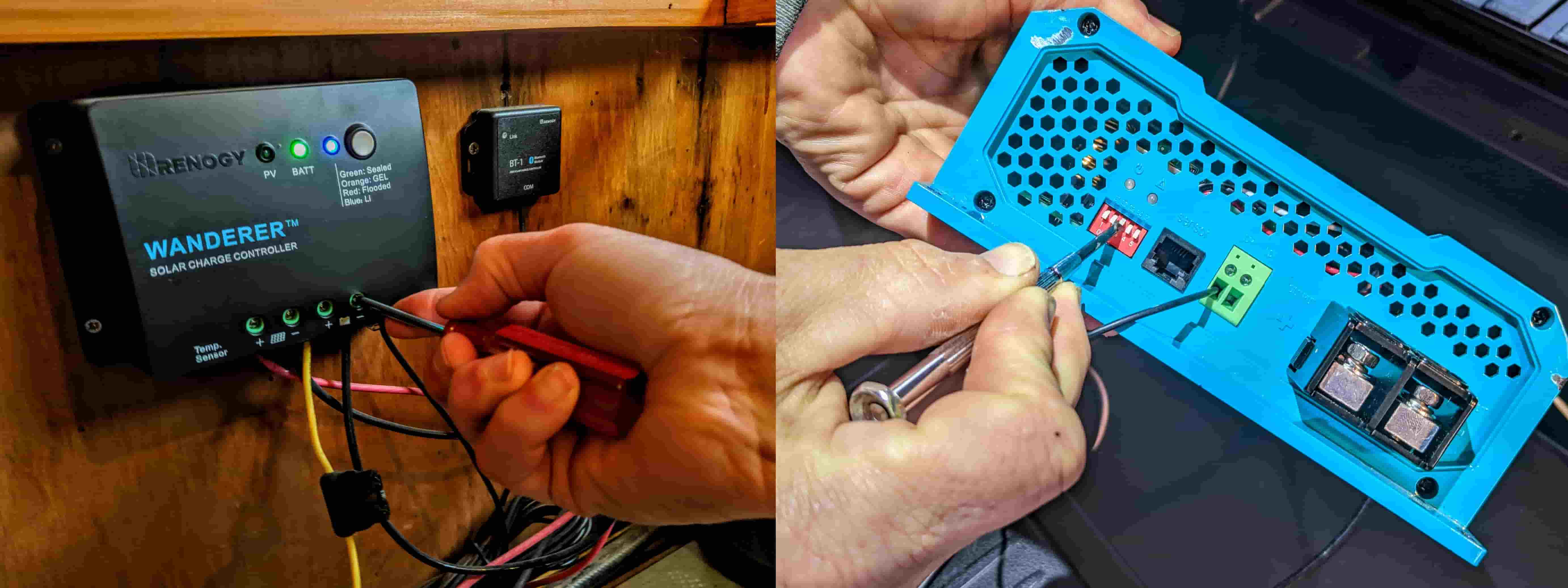
Screwdrivers
There are very few projects involving electricity that wouldn’t require both a Phillips Head and Standard (flat blade) screwdriver. These ubiquitous hand tools come in a plethora of sizes and styles. If you’re buying new, invest in a few good quality ones (mostly small to medium for these projects) and they will last you a lifetime. Get a set of Jeweler Screwdrivers for those small, fiddly jobs in very tight spaces, too.
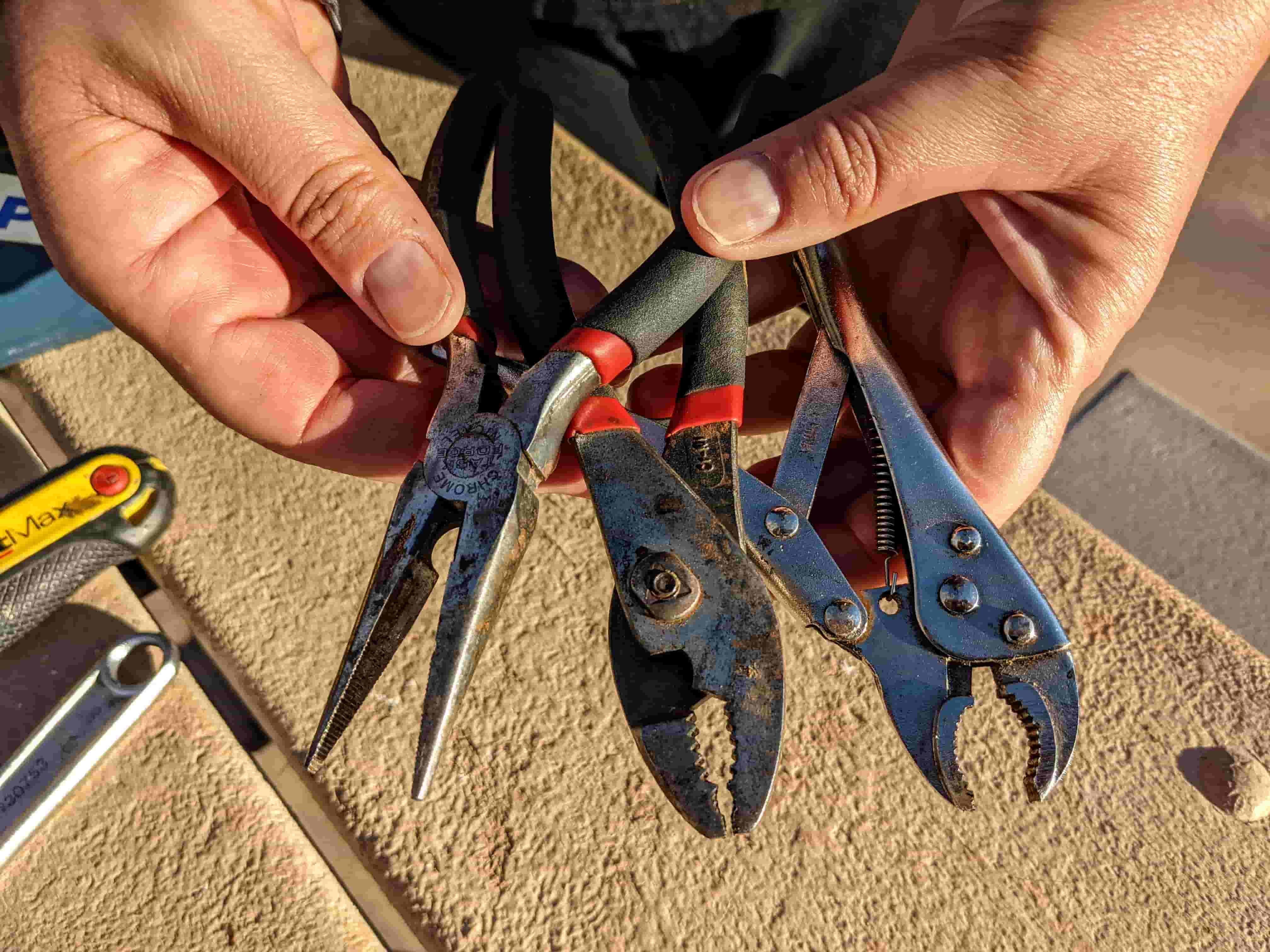
Pliers (3 Types)
Needle Nose and General Pliers: When you need to get a grip on small fiddly bits, pliers are the right tool for the job. We recommend having both styles on hand, as you may need different styles depending on the specific nature of the project.
Vice Grip Pliers: These pliers have a locking mechanism which allows you to get a grip on a bolt, nut, or screw which has become stripped or rounded and can no longer be loosened by the appropriate tool. These can lock down and provide enough grip to remove the damaged piece. You’ll have to replace the damaged fastener, but at least you’ll get it loose.
Solar Connector Assembly Tools
This is a hard plastic hand tool that is very handy for the assembly of custom solar connections (MC-4 Connectors), making it easier for new and veteran users to quickly and easily tighten and take apart the connectors. You will need two of these to tighten. While pliers can accomplish this task, the robust plastic material works better with the material of the connectors, and doesn’t scratch or damage the way metal pliers often can.
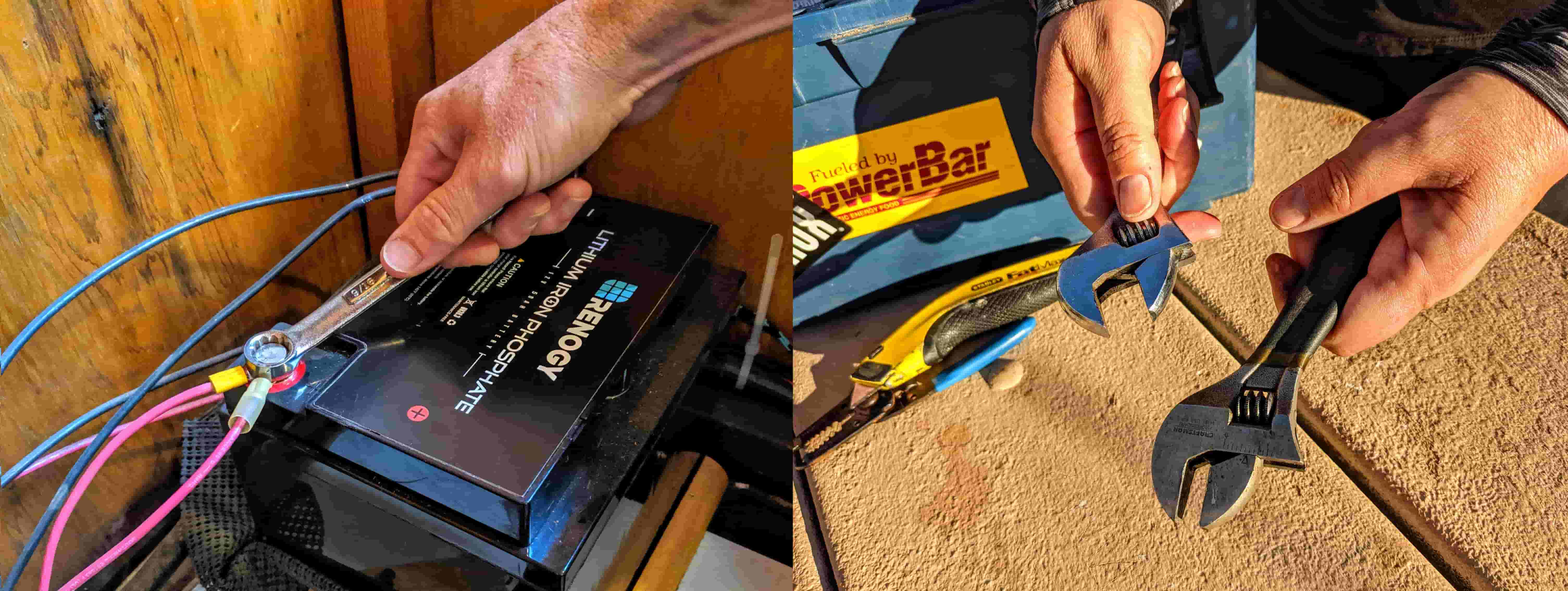
Combination Wrench Set / Crescent Wrench (Adjustable)
A Combination Wrench has one open end and one closed end that is set for a specific size of nut or bolt. These come in both metric (millimeters) and imperial (inches) sets. These wrenches are very helpful when you know the size of your nut or bolt as they are less likely to strip (or round out) the nut. Another option is a Crescent Wrench which is adjustable to many different size nuts. Having both of these wrench options is very helpful.
Socket Wrench Set
A Socket Wrench is very effective in turning nuts and bolts quickly, especially those that are difficult to access with just a Combination Wrench. Using a ratchet built into the socket handle helps you apply pressure without having to readjust the wrench, and also makes a cool sound. This tool also cuts down on the possibility of rounding out the fastener.
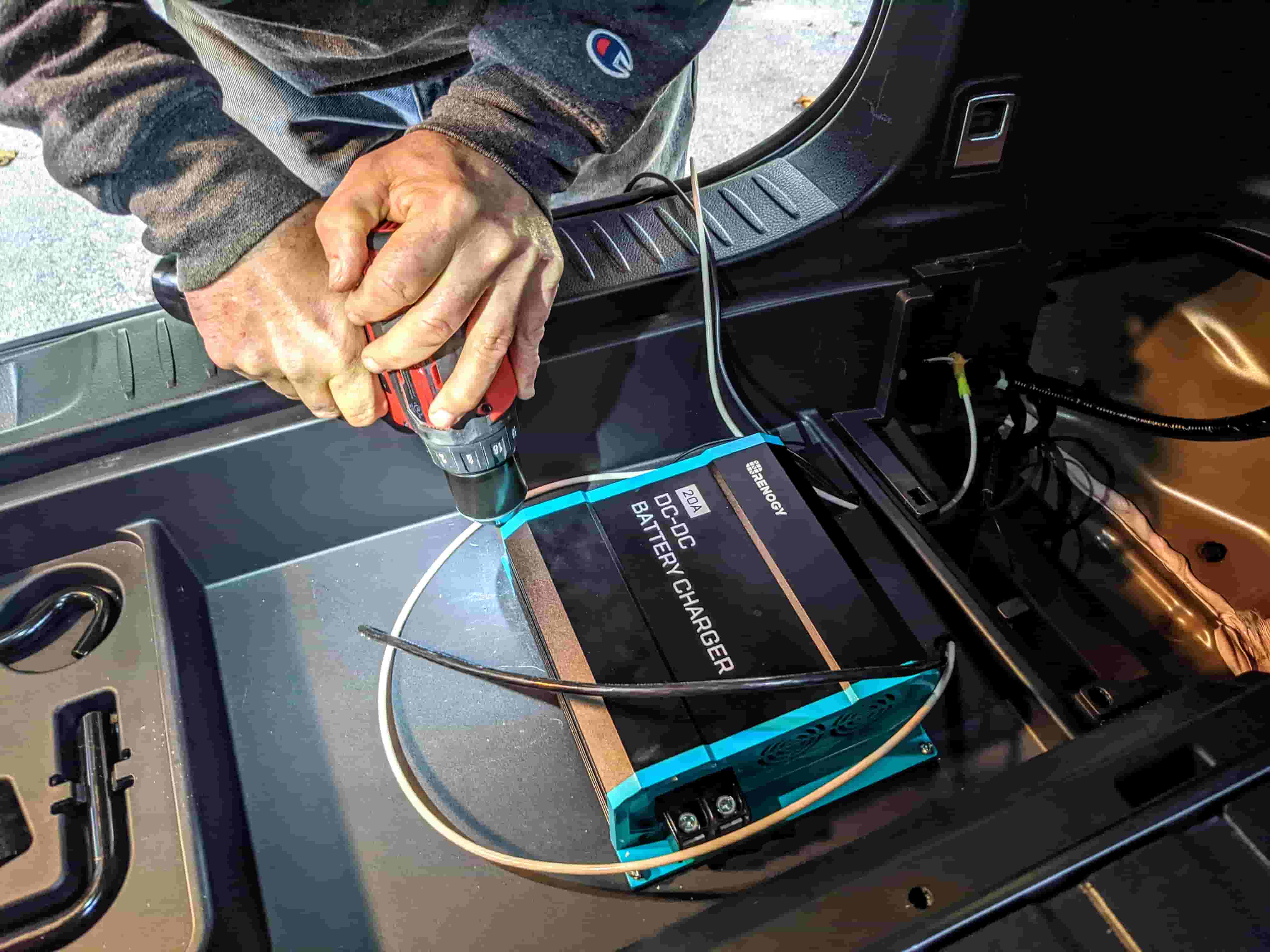
Power Drill (Cordless) & Drill Bit/Driver Set
This is probably the DIYer’s “go-to” power tool because it can drill through a variety of materials and can also serve as a power driver for screws and bolts. Many RV’ers also carry one of these to quickly adjust their trailer stabilizers. A standard drill bit and driver set completes the tool.
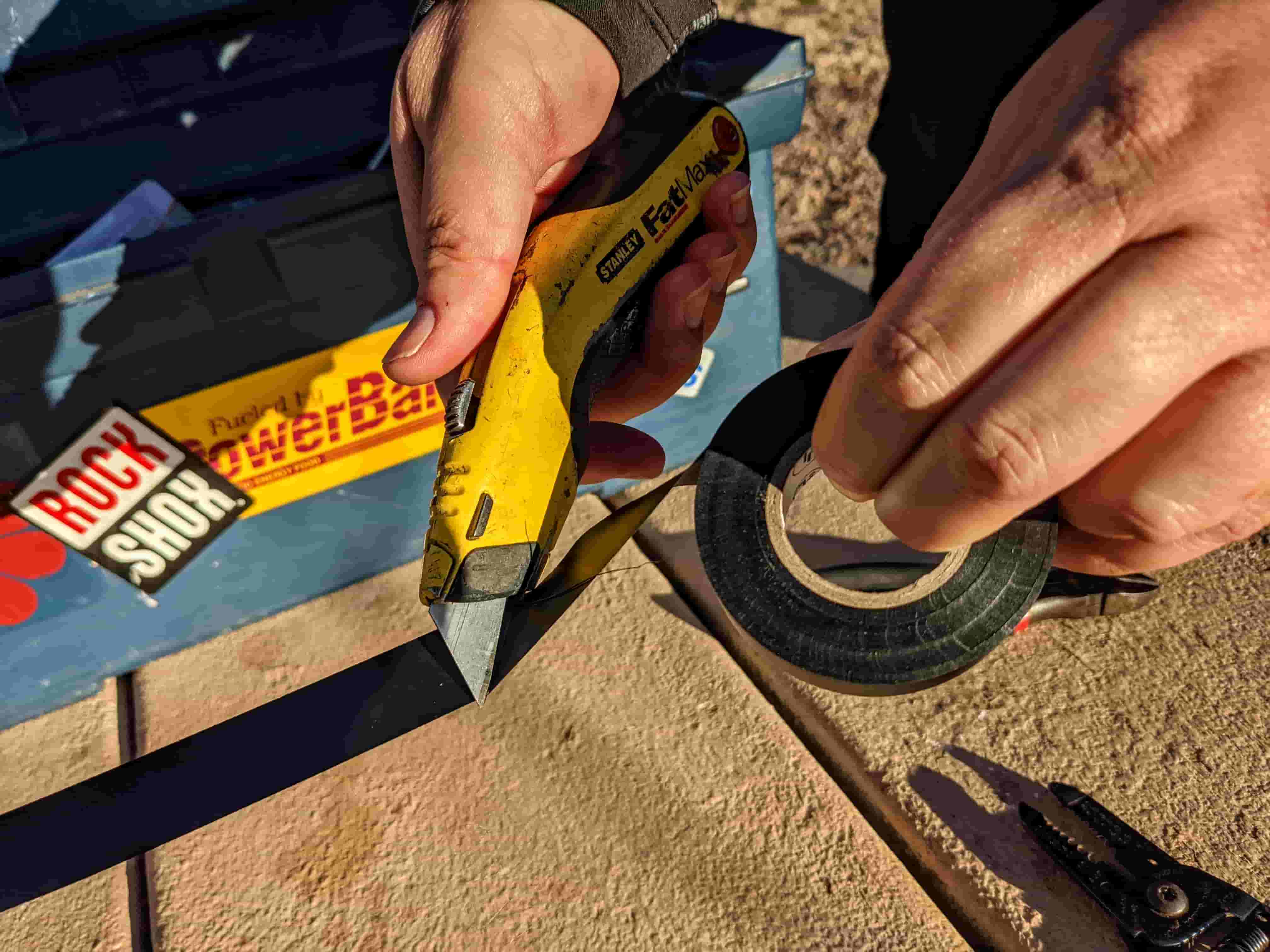
Utility Blade
A sharp blade is always handy to have for cutting electrical tape, shaving back some plastic insulation, opening stubborn packages, and more.
Measuring Tape
To measure long wire runs, you’ll need a small measuring tape (up to 25’ will usually do the trick). Wiring can get expensive, so remember the golden rule -- measure twice and cut once! Pro tip: For hard to reach places or if you are doing this by yourself, use a long string to get a measurement between appliances, hardware, etc. Mark the beginning and ending points with a knot on the string, then just lay the string on the ground and measure it.
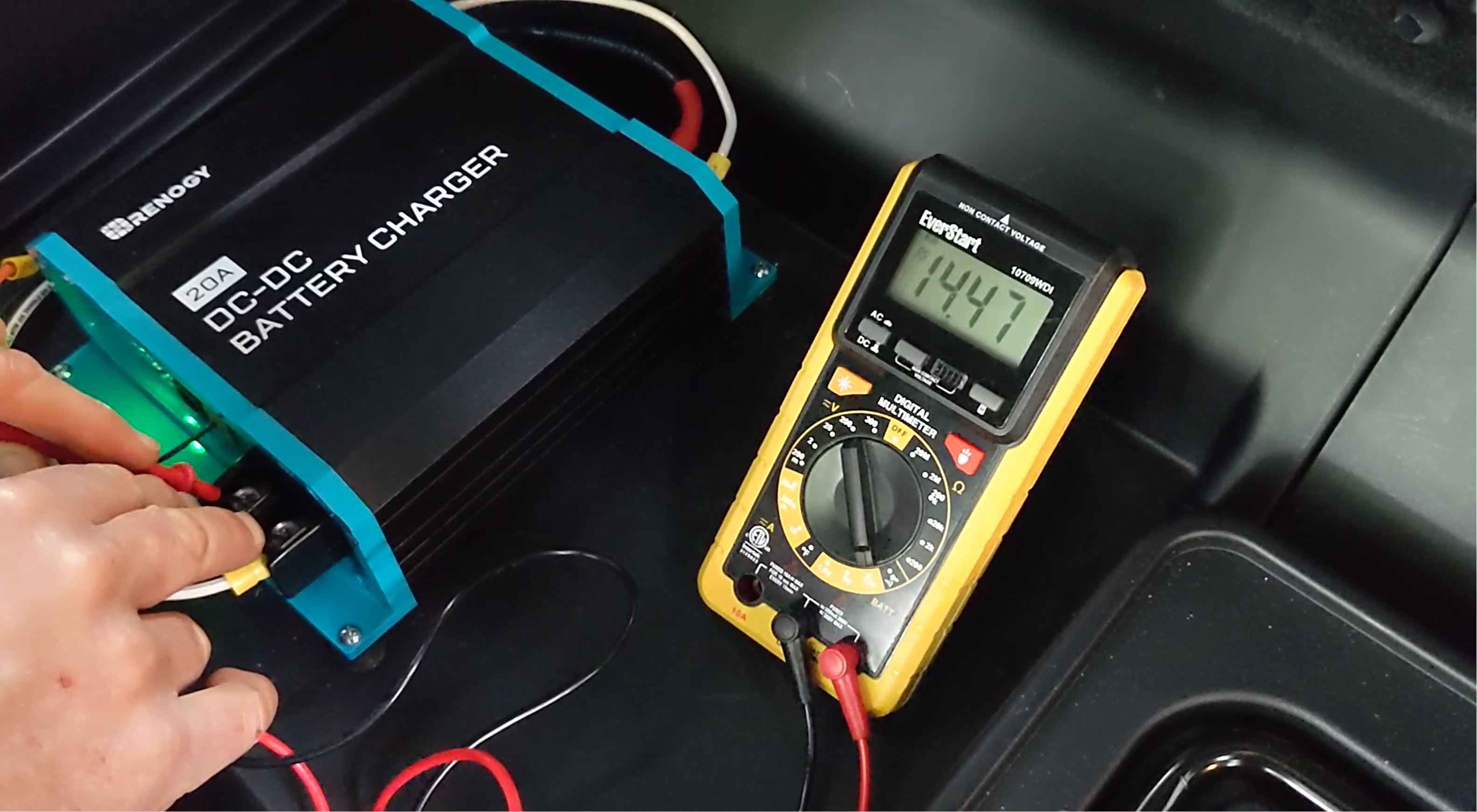
Voltage Meter / Multimeter
Doing any kind of electrical work means that you’ll need to test or troubleshoot as you go along. Having a small and easy to use Voltage Meter or Multimeter gives you the necessary information to complete the task. The Voltage Meter is a more simple device which just measures the voltage in a battery or circuit. The Multimeter not only measures voltage but also resistance in ohms, current in amps, and continuity. While they are usually a little bit bigger and slightly more expensive, they can be very helpful especially as you become more experienced with using the meter. Since these devices take a bit more skill to use effectively, we’ve included some basic resources to get you started.
Read:
How to Use a Voltage Meter and Multimeter (as well as a discussion about the differences)
Watch:
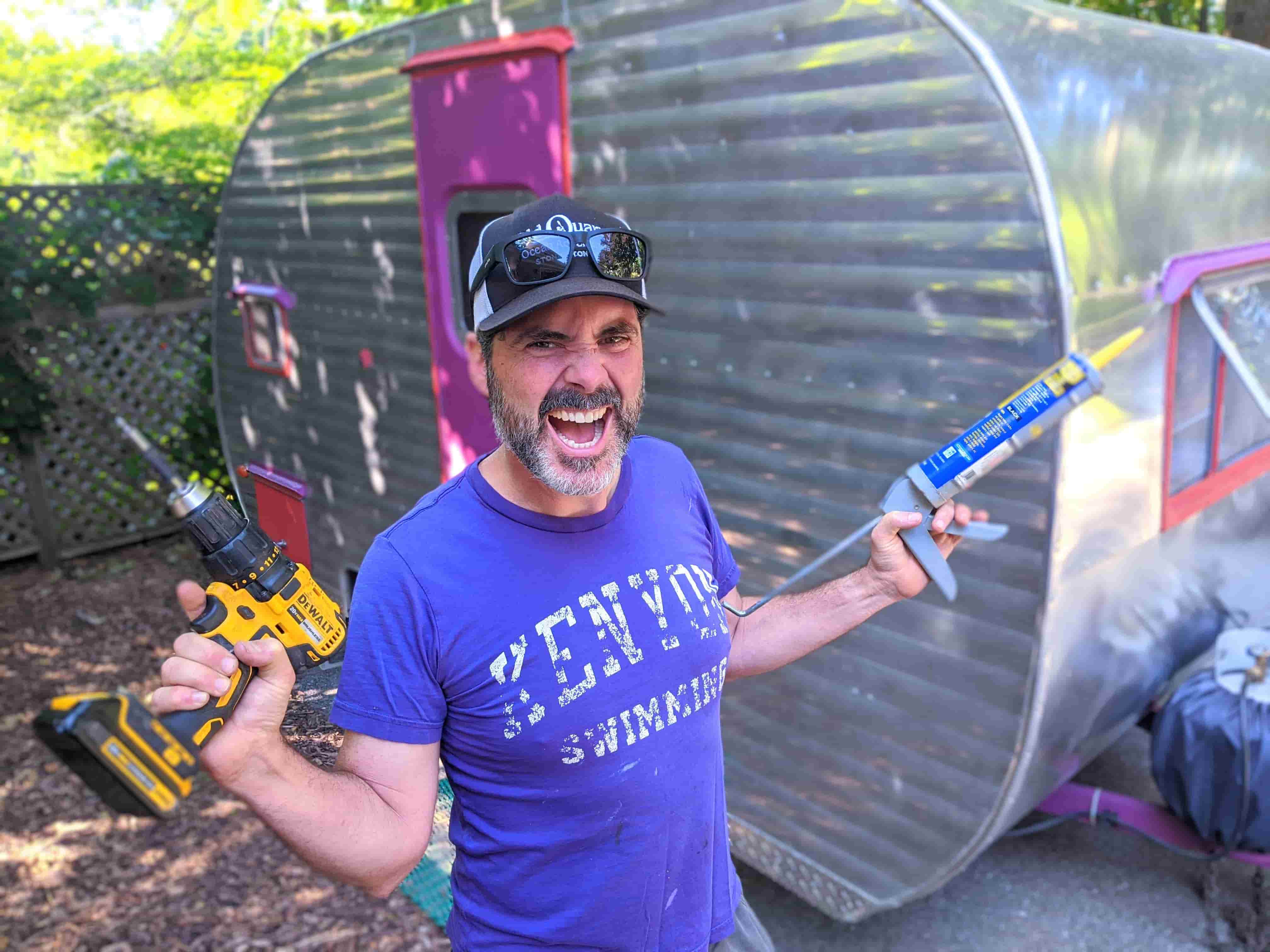
We wish you the best with your solar install! If you need further explanation or help with troubleshooting your solar installation, give us a shout. We are educators by trade and love to help people get started with solar. If we don’t know the answers, we’ll get in touch with our Engineer friends. Please contact us via our website or social media listed below.
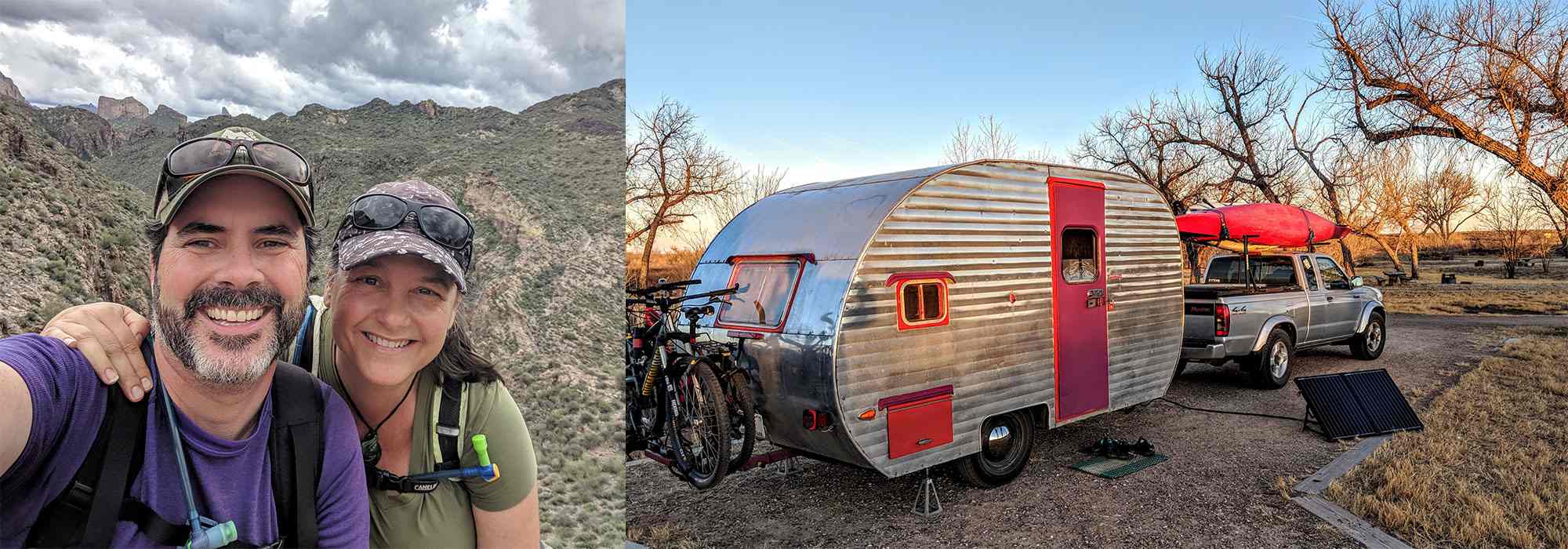
Shari Galiardi & David Hutchison have turned their higher education backgrounds, desire for life-long learning, and thirst for adventure travel into writing, photography, video production, and public speaking tours from coast to coast. Known to their friends as simply Shari & Hutch, you can learn more about their full-time, solar powered adventures on their website at freedominacan.com. Or, follow them on Facebook, Instagram, and YouTube as “Freedom in a Can.”







